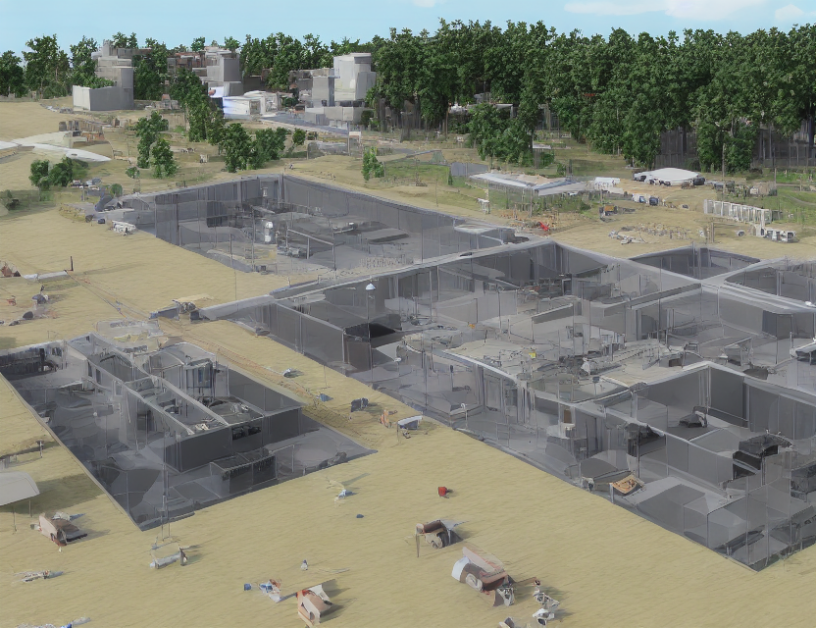In this article, we explore the problem of bounding the height of normal deductive arguments in non-deterministic logics (ND). Normal deduction is a method of reasoning used in logic and computer science, where a conclusion can be reached by following a series of logical steps based on a set of premises. Non-deterministic logics allow for multiple possible conclusions based on the same premises, whereas deterministic logics only allow for one conclusion.
The challenge lies in determining how to bound the height of these arguments, which is essential for efficient reasoning and decision-making. The article introduces a new approach called horizontal compression, where nodes with identical objects (sequents or formulas) on the same level are merged into a single node containing mutually different objects. This technique allows for polynomial upper bounds on the height of resulting dag-like proofs, even when the original tree-like proof is too large.
To illustrate this concept, imagine building a towering sandcastle with interconnected rooms, each representing a logical step in the argument. By merging similar rooms, we can create a more compact and efficient structure, without compromising on accuracy or completeness.
The article also discusses related work in the field, including the weak subformula property, which states that the total weight of distinct (sub)formulas occurring in a polynomial-height dag-like proof is polynomial in the weight of the conclusion. This property provides a foundation for bounding the height of normal deduction arguments in ND.
In summary, this article presents a new approach to bounding the height of normal deductive arguments in non-deterministic logics, leveraging horizontal compression techniques. By merging similar nodes, we can create more efficient and compact dag-like proofs, while maintaining accuracy and completeness. This work has important implications for efficient reasoning and decision-making in various fields, including computer science, artificial intelligence, and philosophy.
Computational Complexity, Computer Science
Proofs of Equalities NP = coNP = PSPACE: Simplification



